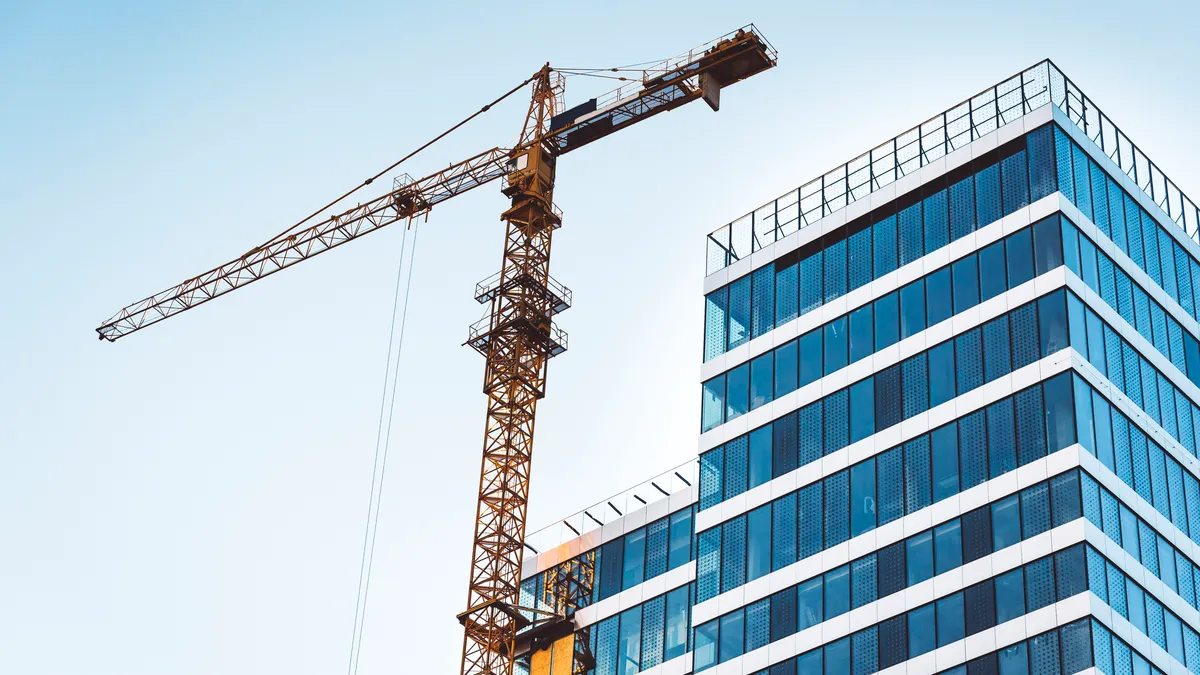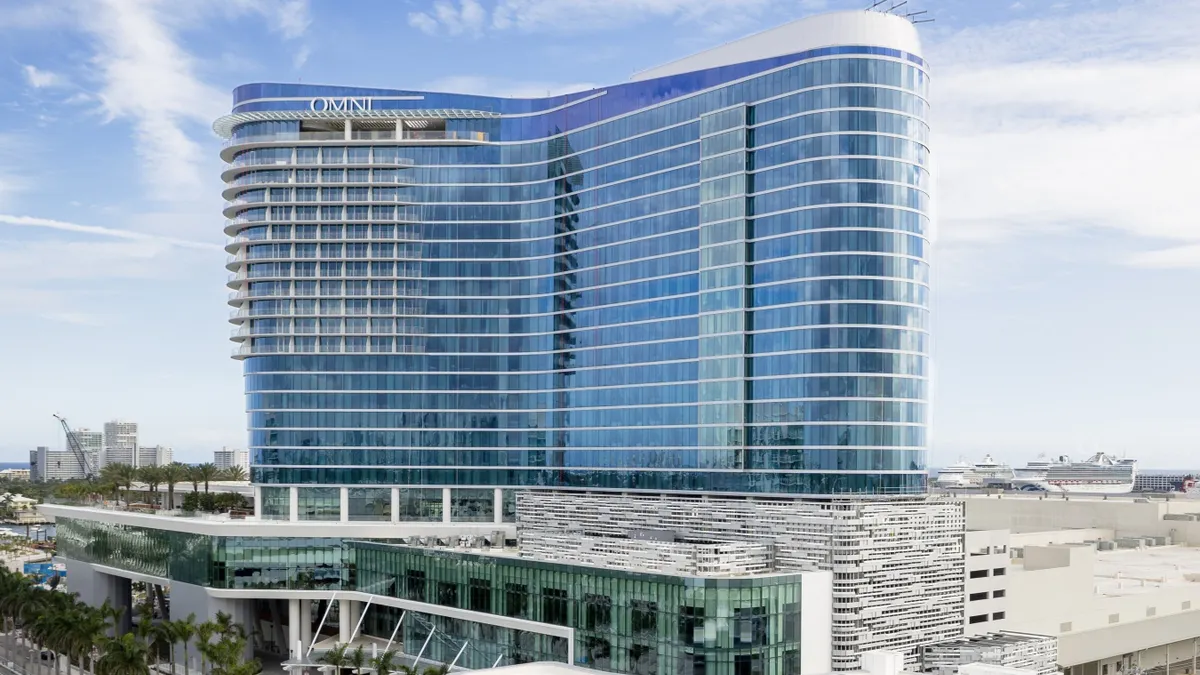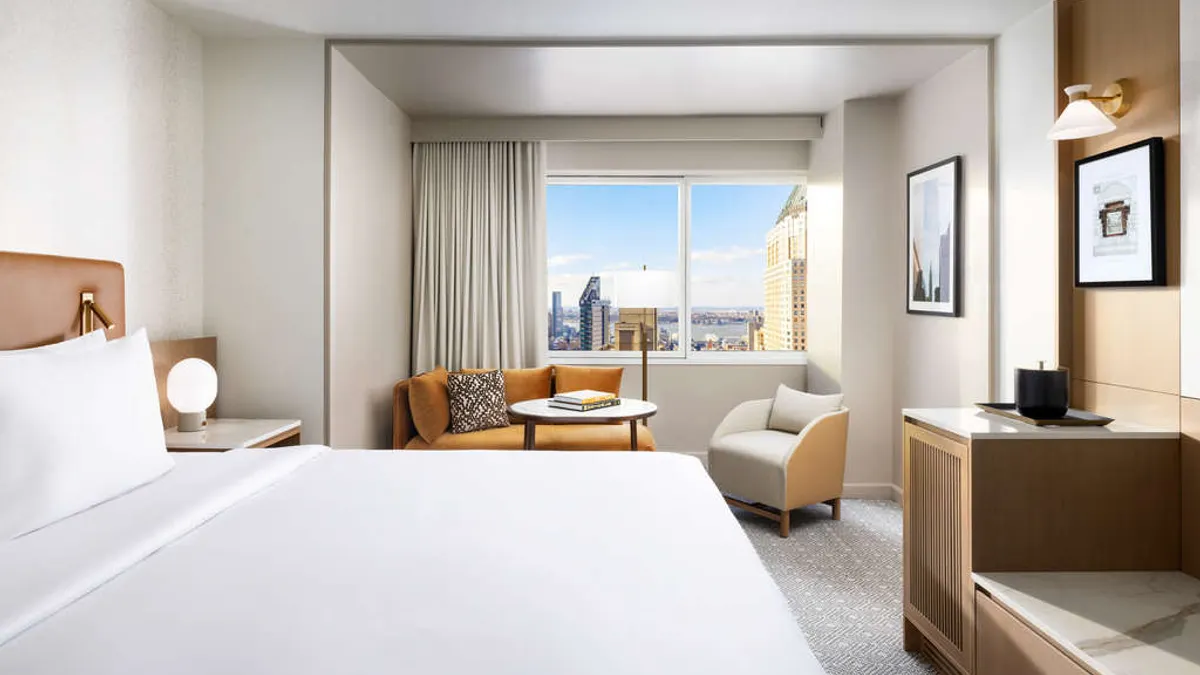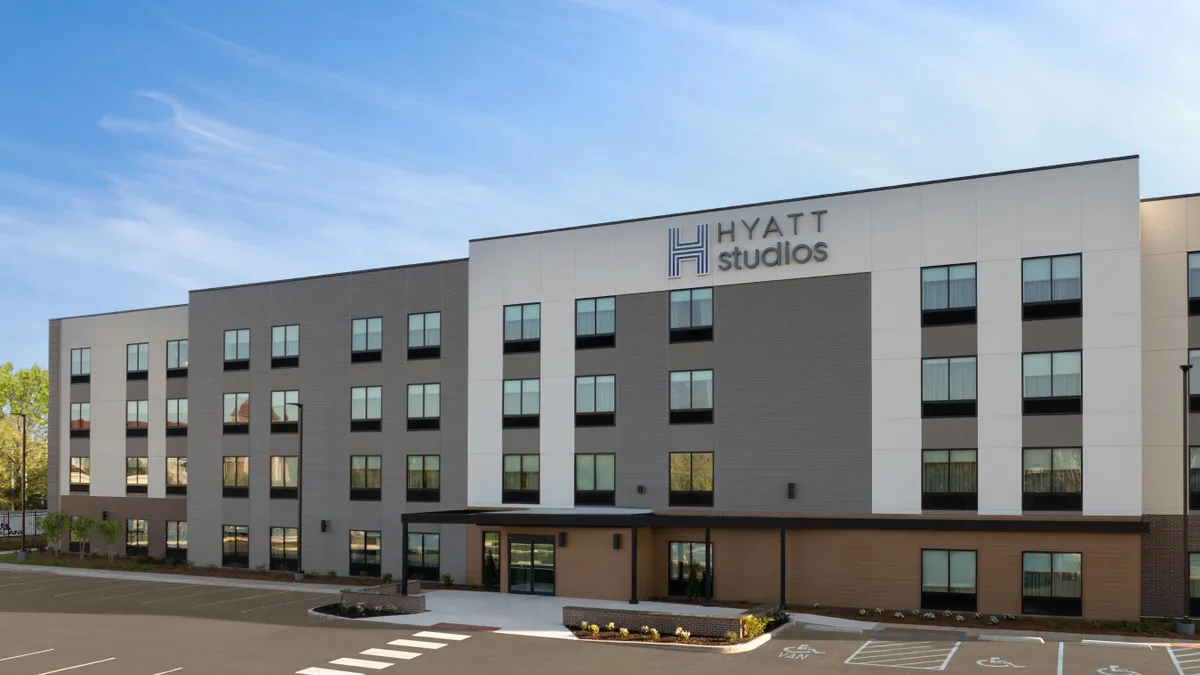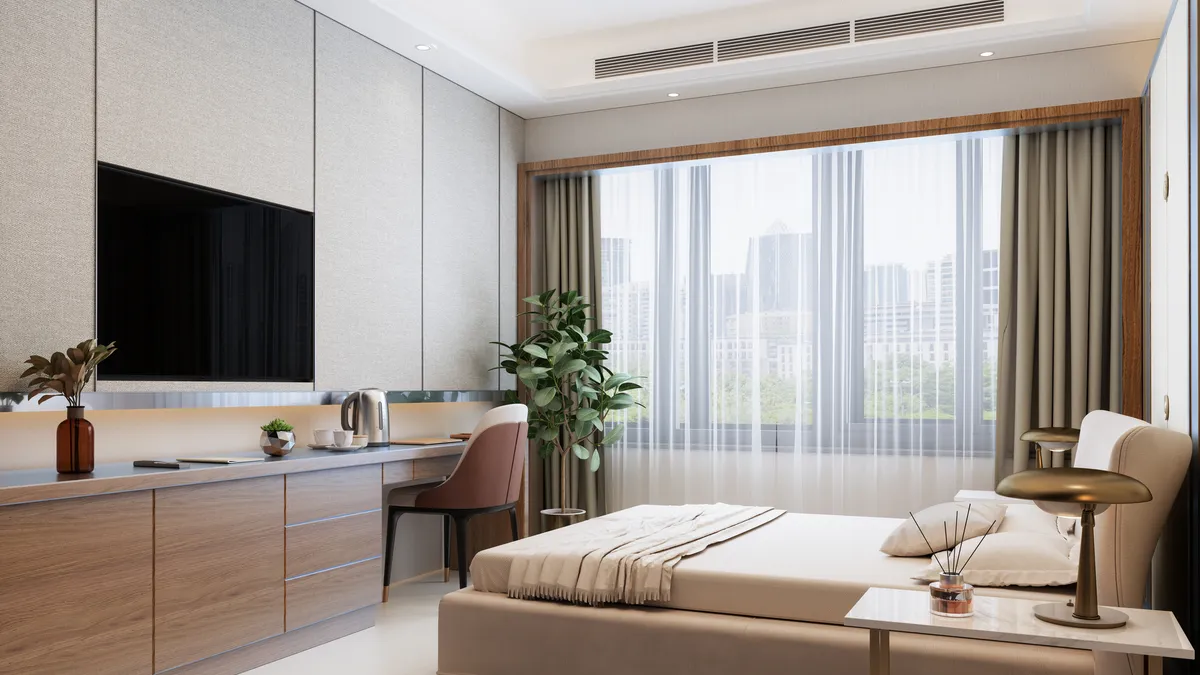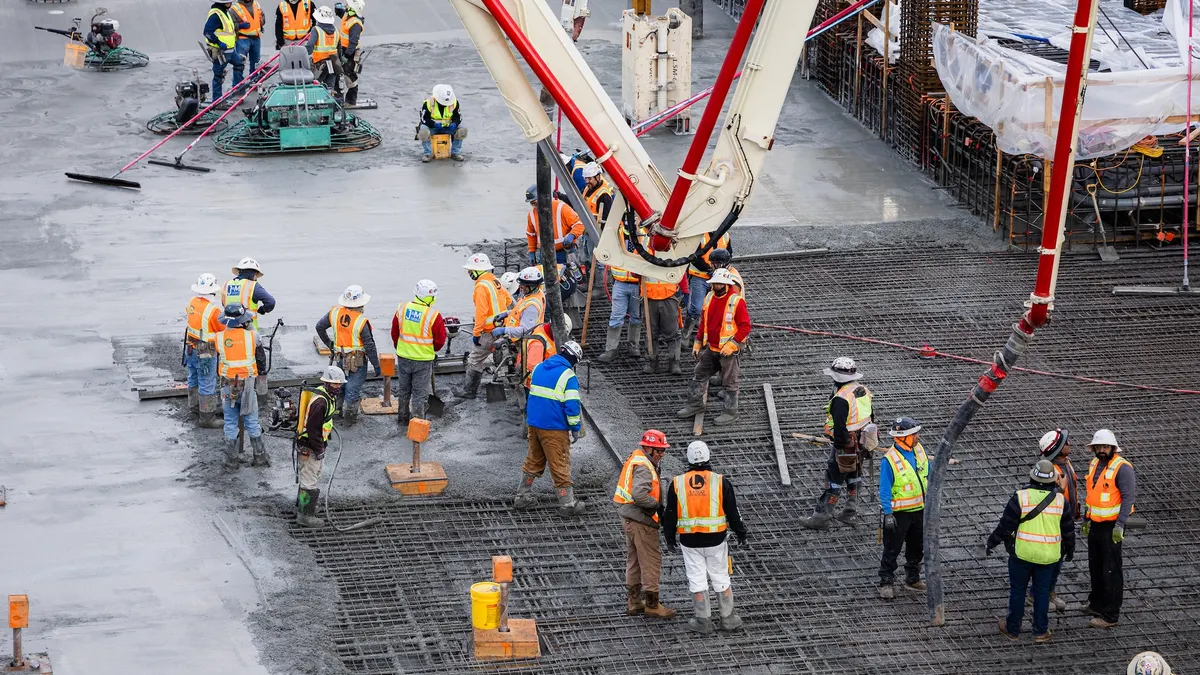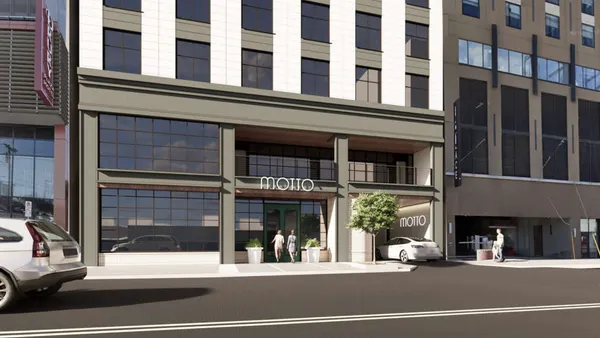Jake Zwaagstra is the CEO of TriCelta Development. Opinions are the author’s own.
A traditional approach to hotel development consists of three separate phases: design, bid, build. In the design phase, an architect develops a schematic plan alongside the hotel owner. When the design is considered complete, the project goes out to bid, and a general contractor is brought on to complete or build that specific scope of work.
By contrast, the design-build approach consolidates these phases into one seamless, continuous process. This delivery method unifies the architect and the contractor into a single team — ideally overseen by a skilled owner’s representative — that works together throughout the project’s lifecycle.
It’s an approach that’s growing in popularity, but there are still misunderstandings about its benefits. So, why should hoteliers consider a design-build approach to development?
Saving time
In the traditional framework laid out above, design and construction are two distinct phases that do not overlap. The issue here is that the design team may not be as familiar with the current realities of the construction market. Too often, a hotel owner is wowed by a design presentation, only to discover when it goes to bid that it is over budget.
By contrast, the design-build approach fully integrates design and construction phases. It allows for concurrent activities. For example, the construction team can begin site preparation while the design is still underway. With this method, hotel owners can price and design at the same time, saving at least six months in the overall project schedule.
Mitigating financial risk
The design-build process is successful because all components are aligned, particularly with regards to budget. Instead of the architect and the contractor having two separate agendas, there is one team that works together toward one goal. This is where a skilled owner’s representative comes into play. The owner’s representative will know how to evaluate information from both parties and ensure that no design concept is put in front of the owner unless it meets the budget constraints laid out from the beginning.
By having all of the voices at the table from the outset, design-build enables better cost-control and more accurate budgeting. Moreover, potential issues can be identified and addressed early on, rather than being uncovered once it is too late. The owner’s representative will also ensure that regulatory experts are brought on from the beginning, ensuring that the project adheres to all codes and standards, which prevents costly changes down the road.
Streamlining communication
Having one unified team means that there is a single point of responsibility throughout the project lifecycle, which minimizes the back-and-forth required in traditional methods. This results in faster and easier decision-making because the hotel owner is not forced to choose between conflicting perspectives. There is also a lower likelihood of delays caused by miscommunications and disagreements.
Streamlined communication also paves the way for greater innovation in the industry, because creative ideas can be shared, evaluated and refined earlier on in the process. This creates more opportunity to explore new materials and technologies that will ultimately move the industry forward.
Staying flexible
In the traditional development process, a contractor signs on for a specific scope of work, after which point changing the design becomes an expensive and potentially contentious process. By contrast, design-build is a continually iterative process that has flexibility built-in. This means that changes can be made in real time as the design is still ongoing.
For example, imagine a hotel owner is working to develop a 120-seat restaurant with a bar component. As the project gets underway, the owner starts to consider incorporating a sportsbook and wants to know what the possibilities could look like. Because of design-build’s iterative nature, the owner’s representative can work with the team to evaluate the changes required while the design is still in process, and present the owner with a set of options for how to move forward. The design has the capacity to change course in real time.
Prioritizing operations
Design and construction aren’t the only factors that come into play early on in the design-build process. Because of its iterative nature, the design can take into consideration all necessary perspectives, including operations and maintenance. This means that when the hotel opens, there will be fewer disruptions to service, lower operating expenses and ultimately a longer lifespan for facilities.
One way this comes into play is through the creation of model rooms. Not only are these model rooms used to evaluate aesthetic decisions, but they are also key tools in determining operational needs. The design-build team will bring in maintenance, facilities and IT teams, in addition to potential consumers, to test and use all aspects of the room. It might sound silly, but this could make the difference for cleaning staff who need their vacuums to reach beyond the bed or guests who want to charge their phone at their bedside.
A growing trend
A recent study from the Design Build Institute of America forecasts that design-build will account for 47% of construction spending by 2026, rising in usage across all sectors and regions of the U.S.
As more hotel owners become aware of design-build’s benefits, the more the hospitality industry will be able to adopt new ideas and innovations that will ultimately lead to greater profits and higher guest satisfaction.

